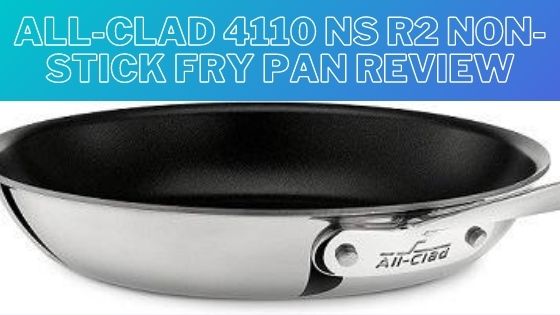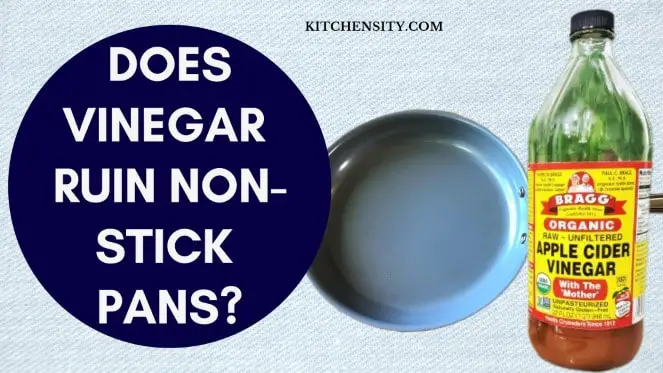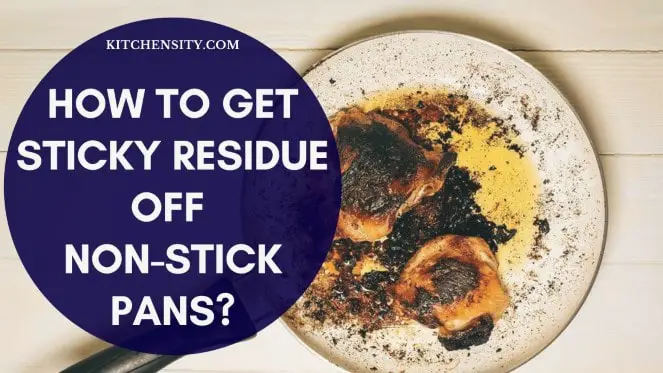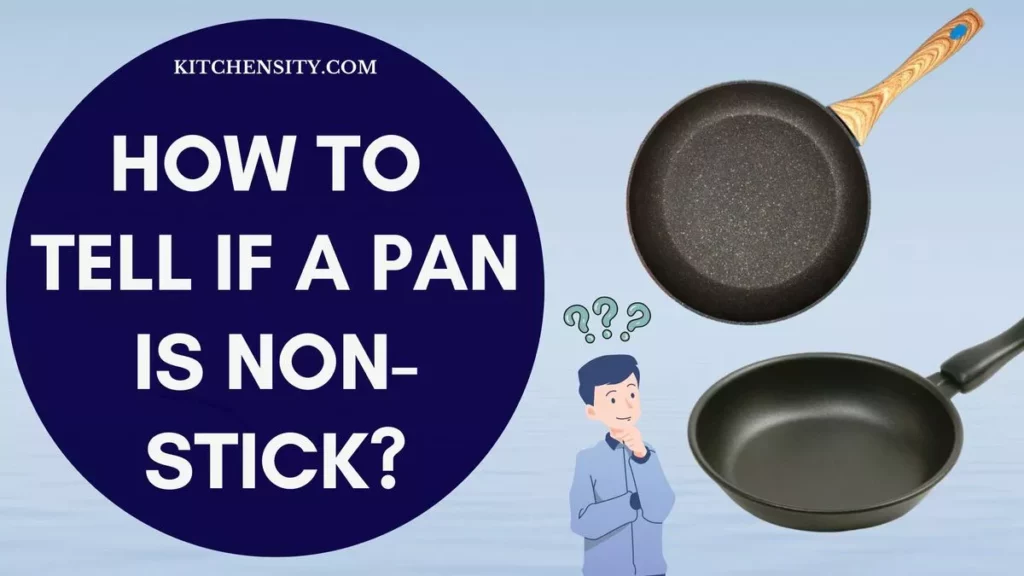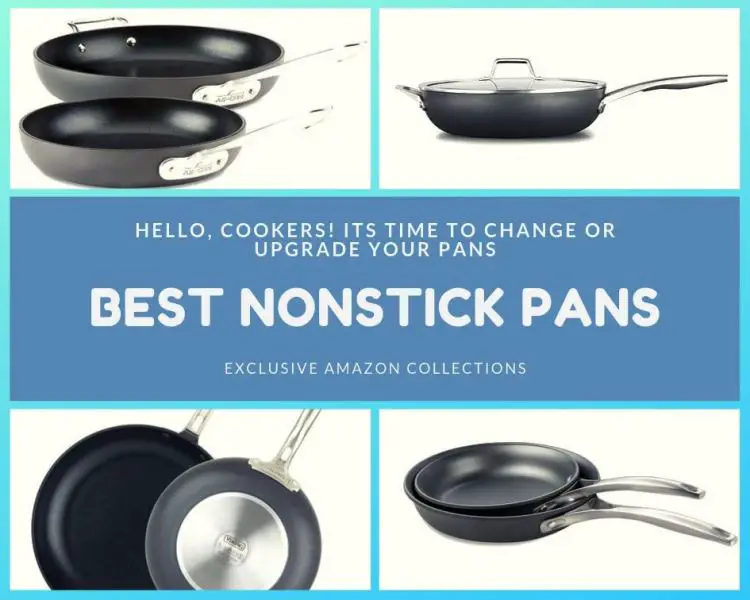Non-stick coatings have become important in modern kitchenware, revolutionizing the way we cook and clean. These coatings, designed to prevent food from sticking to the surface, offer a convenient and time-saving solution for many home cooks.
So, it’s essential to understand their composition, types, and potential implications for our health and the environment.
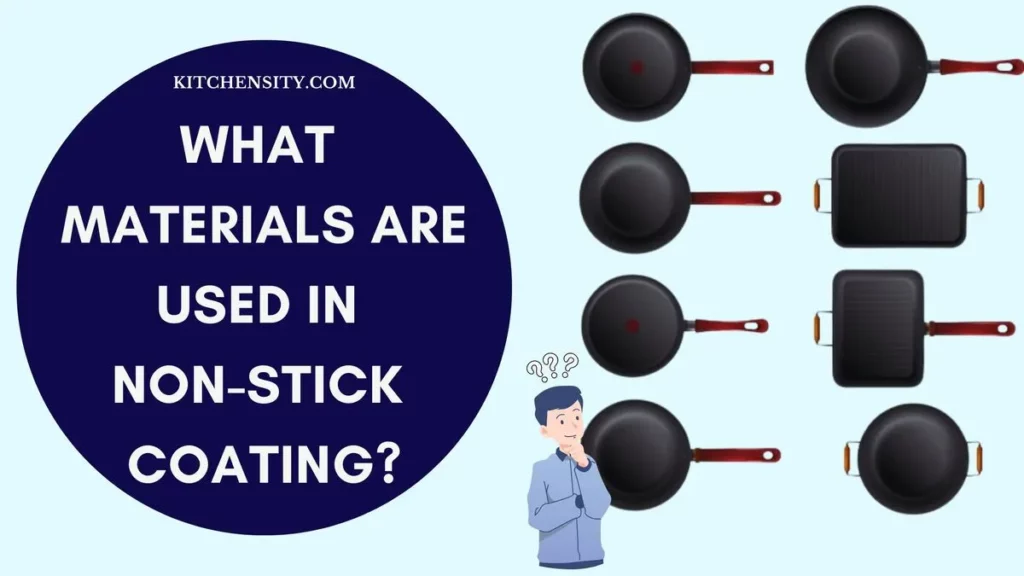
Table of Contents
- 1 What Materials Are Used In Non-Stick Coating?
- 2 Which Plastic Material Is Used To Make Non-Stick Pans?
- 3 What Chemicals Are Used In Non-Stick Surfaces?
- 4 Are These Coatings Harmful To Health?
- 5 What Are Some Eco-Friendly Alternatives To Non-Stick Pans?
- 6 Final Thoughts On The Types Of Non-Stick Coatings.
- 7 Frequently Asked Questions (FAQs).
What Materials Are Used In Non-Stick Coating?
Non-stick coatings commonly use polytetrafluoroethylene (PTFE), or popularly Teflon, as a base material, offering exceptional non-stick properties. While safe for regular cooking temperatures, PTFE can break down at high heat, releasing harmful fumes.
The other major player is ceramic coatings. Made from a silicone base and often reinforced with materials like titanium, these coatings are generally considered safer than PTFE due to their tolerance for higher temperatures without breaking down. But, they might not be quite as non-stick as PTFE and can be more susceptible to scratches.
In addition to PTFE and ceramic, other less common materials used in non-stick coatings include hard-anodized aluminum, enamel, and sol-gel coatings (still under development). These coatings are also designed to provide a non-stick surface while being free of PTFE and PFOA.
Also Read – Are Non-Stick Coatings Safe For Cooking?
Pros And Cons Of Each Type Of Coating.
Here’s a table for the pros and cons of different types of non-stick coatings.
| Type of Non-Stick Coating | Pros | Cons |
| PTFE (Teflon) Coatings | Exceptional non-stick properties. | Deterioration over time. |
| High heat resistance. | Potential release of harmful fumes at high temperatures. | |
| Ceramic Coatings | Environmentally friendly. | They may require delicate handling. |
| No PFOA or PTFE. | Durability may vary. | |
| Smooth cooking surface. | ||
| Hard-Anodized Aluminum Coatings | Durable. | They may not be completely non-stick. |
| Scratch-resistant. | They can be heavier than other options. | |
| Heats quickly and evenly. | ||
| Enamel Coatings | Non-reactive surface. | Not as non-stick as other coatings |
| They can be used at high temperatures. | They may chip over time. |
Also Read – Best Non-Stick Cookware Brands
Which Plastic Material Is Used To Make Non-Stick Pans?
Non-stick pans are typically made using polytetrafluoroethylene (PTFE), which is a type of plastic polymer. PTFE is commonly known by the brand name Teflon. It is used to coat the surface of the pan to create a non-stick cooking surface. However, it’s important to note that PTFE is not the only type of material used in non-stick pans. Some pans also use ceramic coatings, which are made from inorganic materials and are considered a safer alternative to PTFE coatings.
PTFE is chosen for its ability to create a stable and low-friction surface, preventing food from sticking during cooking. It is heat-resistant and can withstand the high temperatures commonly encountered in kitchen applications.
Also Read – How To Get Sticky Residue Off Non-Stick Pans?
What Chemicals Are Used In Non-Stick Surfaces?
Non-stick surfaces contain several chemicals, particularly those made with polytetrafluoroethylene (PTFE) coatings like Teflon. Here are some of the main chemicals found in non-stick surfaces.
- Polytetrafluoroethylene (PTFE): PTFE is a synthetic fluoropolymer of tetrafluoroethylene and the primary component of Teflon coatings. It consists of carbon and fluorine atoms, forming a strong and stable polymer with excellent non-stick properties. PTFE is known for its resistance to heat and chemicals.
- Perfluorooctanoic Acid (PFOA): PFOA is a chemical that has been used in the production of PTFE. But, due to environmental and health concerns, many manufacturers have transitioned to PFOA-free formulations. PFOA can be emitted during the manufacturing process, and exposure to high levels has been associated with health risks.
- Other Additives and Stabilizers: Non-stick coatings may contain additional additives and stabilizers to enhance performance, durability, and safety. These can include substances like binders, fillers, and other polymers that contribute to the coating’s physical properties.
It’s crucial to note that the safety of non-stick coatings has been a subject of scrutiny, particularly concerning the potential release of fumes at high temperatures. While PTFE itself is generally considered safe for normal cooking temperatures, overheating can lead to the release of fumes, including PFOA, which may have health implications.
To address these concerns, manufacturers have developed PFOA-free formulations and alternative non-stick coatings, such as ceramic coatings, which use inorganic materials instead of PTFE. Consumers concerned about the chemical composition of non-stick surfaces may choose products labeled as PFOA-free or explore alternative coating options.
Also Read – How To Tell If A Pan Is Non-Stick?
Are These Coatings Harmful To Health?
Non-stick coatings, especially those with PTFE like Teflon, are generally safe for cooking when used correctly. Overheating these coatings can release harmful fumes, causing flu-like symptoms and posing a risk to birds. PFOA, previously used in PTFE production, is now largely phased out due to health concerns. PFAS, including PFOA, are associated with various health risks. Ceramic coatings are considered safer as they don’t contain PTFE or PFOA, but they may have other chemicals.
As with any kitchenware, proper usage, and maintenance play a crucial role in ensuring safety and longevity. Therefore, it’s crucial to follow instructions and avoid overheating non-stick cookware.
Also Read – Best Nonstick Pans for Gas Stoves
What Are Some Eco-Friendly Alternatives To Non-Stick Pans?
There are several eco-friendly alternatives to traditional non-stick coatings that you can consider.
- Cast Iron: Cast iron cookware is naturally non-stick when properly seasoned. It is durable, long-lasting, and can withstand high temperatures, making it a versatile choice for cooking.
- Stainless Steel: While not naturally non-stick, stainless steel cookware can be a good alternative. It is durable, easy to clean, and does not release harmful chemicals when heated.
- Ceramic: Ceramic cookware is made from natural materials and is free of PTFE and PFOA. It provides a non-stick surface and is easy to clean. However, it may not be as durable as other options.
- Glass: Glass cookware is non-reactive and does not release any harmful chemicals when heated. It can be a good choice for baking and cooking in the oven.
- Carbon Steel: Similar to cast iron, carbon steel cookware is naturally non-stick when seasoned. It is lightweight and conducts heat well, making it a good choice for high-heat cooking.
- Enameled Cast Iron: This combines the benefits of cast iron with a porcelain enamel coating, making it easier to clean and resistant to rust. While not truly non-stick, enameled cast iron offers good food release when properly heated and oiled.
Also Read – All-Clad 4110 NS R2 Non-Stick Fry Pan Review
Final Thoughts On The Types Of Non-Stick Coatings.
Non-stick coatings offer a convenient cooking method with minimal sticking and easy cleanup. However, the type of coating and how you use it can impact both safety and eco-friendliness.
- PTFE (Teflon) is the most common option, generally safe at normal temperatures, but avoid overheating as it can release harmful fumes.
- Ceramic coatings are considered a safer alternative due to their higher heat tolerance.
- Less common options like anodized aluminum and seasoned cast iron offer interesting approaches but may not be truly non-stick.
Consider alternatives like seasoned cast iron, carbon steel, or stainless steel for a more eco-friendly approach. These options are often free of potentially harmful chemicals, built to last, and can still achieve great cooking results.
Ultimately, the best choice depends on your priorities. If convenience is key, non-stick cookware can be a good option, but use it responsibly at moderate temperatures. If you prioritize safety and eco-friendliness, explore durable and sustainable alternatives.
Also Read – Advancements In Non-Stick Pans: Coatings, Innovations & Market
Frequently Asked Questions (FAQs).
-
Are Non-Stick Coatings Safe For Cooking?
Non-stick coatings are safe for cooking at moderate temperatures. However, caution is advised to avoid overheating, which can lead to the release of fumes and potential health concerns.
-
Can Non-Stick Coatings Be Scratched?
Non-stick coatings can be scratched using metal utensils, abrasive cleaning tools, or harsh chemicals. To preserve the coating’s integrity, it’s recommended to use soft utensils and gentle cleaning methods.
-
What Is The Lifespan Of Non-Stick Cookware?
The lifespan of non-stick cookware varies depending on usage and maintenance. With proper care, it can last several years, but over time, the coating may wear off, reducing its non-stick effectiveness.
-
How Should Non-Stick Cookware Be Cleaned?
Non-stick cookware should be cleaned using mild dish soap, a soft sponge, or a cloth. Avoid abrasive pads or harsh cleansers, and handwashing is generally recommended over using a dishwasher to prolong the coating’s life.
-
Are There Any Health Benefits To Using Non-Stick Cookware?
Non-stick cookware can offer health benefits by reducing the need for excessive cooking oils or fats, promoting low-fat cooking. However, potential health concerns may arise if the cookware is overheated, releasing fumes that should be avoided.
Katrina Smith is a seasoned expert with over 25 years of experience in all things related to cooking and the kitchen. As an avid cook and kitchen enthusiast, she is passionate about sharing her knowledge and expertise on cookware, kitchen appliances, kitchen tips, and kitchen staples.
Through her articles and reviews, Katrina aims to inspire and help others improve their cooking skills, experiment with different ingredients, and invest in quality cookware and appliances.

